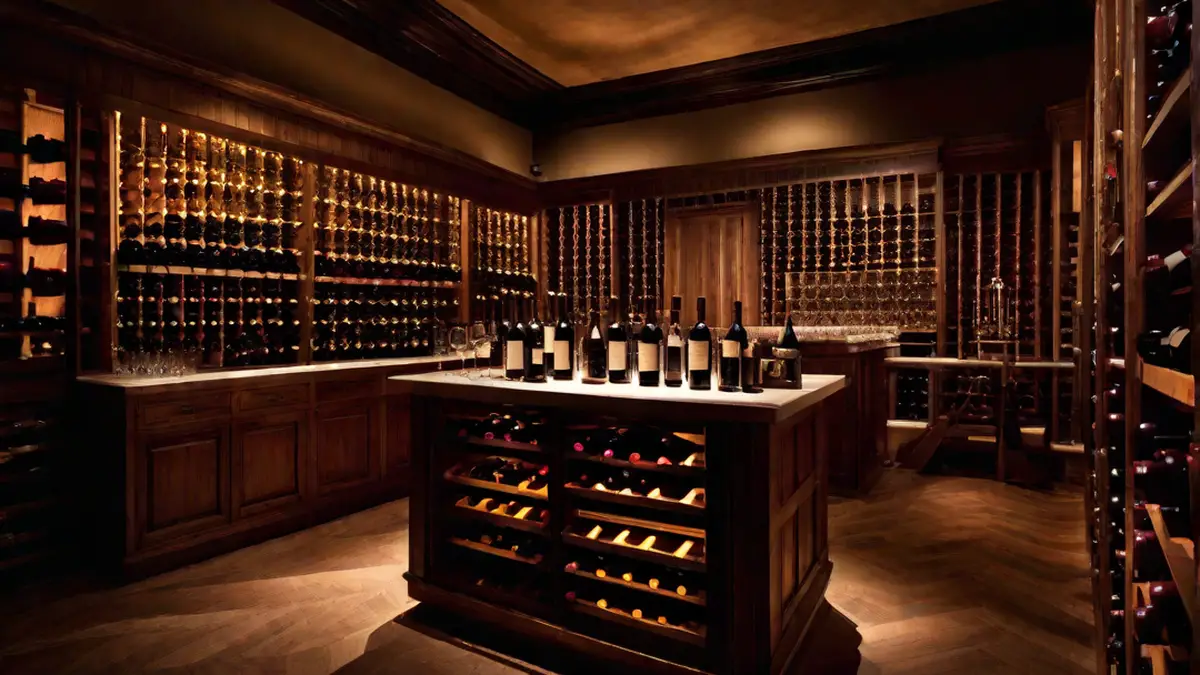As a lover of wine and someone who truly admires the craftsmanship of winemaking, I am thrilled to guide you through the detailed process of making wine. From handpicking the finest grapes to the intricacies of the aging process, each step in the winemaking journey is essential in producing a bottle of exceptional quality that we can relish and appreciate.
1. Grape Harvesting:
The first step in winemaking is the harvesting of grapes. This is a critical stage as it determines the quality and characteristics of the wine. Grapes are typically harvested when they have reached the perfect level of ripeness. The timing of the harvest is crucial to ensure the ideal balance of sugar, acid, and flavors in the grapes.
Many winemakers prefer to harvest grapes by hand to ensure that only the best grapes are selected. As I walk through the vineyard and carefully pick each grape, I can’t help but feel a sense of connection to the land and the vines that have nurtured these fruits.
2. Grape Crushing and Pressing:
After the grapes have been harvested, they are transported to the winery to begin the winemaking process. The first step is grape crushing, where the grapes are gently crushed to release their juices. This can be done manually or using mechanical grape crushers.
Once the grapes are crushed, the next step is pressing. This process involves separating the grape juice from the skins, seeds, and stems. The juice is collected and transferred to fermentation vessels, while the remaining solids are often used for compost or animal feed.
3. Fermentation:
Fermentation is a magical process where the grape juice transforms into wine. Yeast, either naturally occurring or added, converts the sugars in the juice into alcohol. This process typically takes several weeks and occurs in temperature-controlled fermentation tanks.
During fermentation, carbon dioxide is released as a byproduct, creating bubbles and giving the wine its characteristic fizz. The aroma of the fermenting grapes fills the winery, and I can’t help but be amazed at how nature’s simple ingredients can create something so complex and beautiful.
4. Aging:
After fermentation, the wine is transferred to barrels or tanks for aging. This is where the wine develops its depth, complexity, and unique flavors. Aging can be done in oak barrels, stainless steel tanks, or a combination of both.
The choice of aging vessels can have a significant impact on the final product. Oak barrels, for example, impart flavors of vanilla, spice, and toastiness, while stainless steel tanks preserve the wine’s natural freshness and fruitiness.
5. Bottling and Cellaring:
Once the winemaker determines that the wine has reached its desired level of maturity, it is time for bottling. The wine is carefully transferred from the aging vessels to bottles, which are then sealed with corks, synthetic closures, or screw caps.
After bottling, some wines benefit from further aging in the cellar. This additional time allows the wine to continue to evolve and develop further complexity. It’s like waiting for a masterpiece to fully unveil itself.
Conclusion:
Being a part of the winemaking process is truly a labor of love. From the careful selection of grapes to the meticulous attention to detail at every step, winemaking is a delicate art that requires both skill and passion.
As I raise a glass of the finished wine to my lips, I can’t help but appreciate the journey it has taken from vine to glass. Each sip is a testament to the hard work and dedication of the winemaker, and a reminder of the rich history and tradition behind every bottle of wine.
